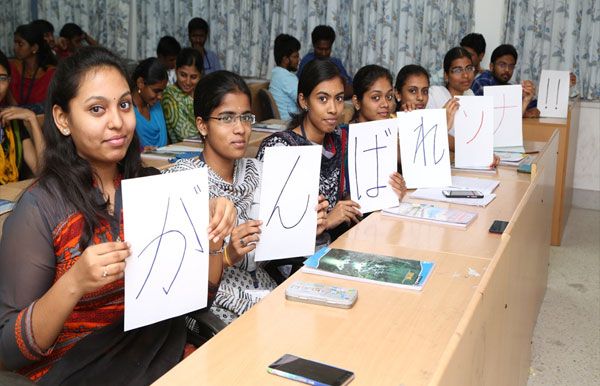There are approximately 171.1 million unemployed people in the world. How do we introduce more of this potential global workforce into the economy at large? How do we shape, design, even create markets around the targeted goal of elevating the world’s most disadvantaged?
We source with impact.

The Rockefeller Foundation first coined the term “impact sourcing” in 2011 for initiatives employing training and developing persons, specifically in underprivileged communities of the world. This has not always been the mindset of the outsourcing community, to say the least.
Technology writer Daniel Lyons once said, "To be sure, robotics are not the only job killers out there, with outsourcing stealing far more gigs than automation.” Reductive mindsets like this have plagued the business process outsourcing industry for decades.
That is changing. The world’s best outsourcing companies are not just trying to do well, they are trying to do good. The International Association of Outsourcing Professionals (IAOP) lays out examples:
- Creating jobs in underserved communities or emerging markets where high unemployment exists
- Intentionally hiring workers who have fewer prospects for sustainable jobs and providing them training
- Hiring people with disabilities
- Hiring women where there is a disproportionately high female unemployment rate
- Creating a positive impact on local communities by creating employment opportunities
- Earn-while-you-learn training programs
- Creating job opportunities for refugees or rescued victims
Impact sourcing aligns with several of the United Nations’ 17 sustainable development goals, including no poverty, access to education, gender equality, decent work, and economic growth. Digital Divide Data is credited as a pioneer, starting impact sourcing back in 2001 with operations in Laos, Cambodia, and Sri Lanka. Their impact cannot be overstated:

South Africa is emerging. According to BPeSA Western Cape chief executive Gareth Pritchard, “With South Africa rapidly growing as a BPO provider, both locally and abroad, it is imperative that we build our employee base, allowing us to move from a reactive talent development strategy to a proactive one.”
Samasource is a pioneer of AI and impact sourcing, having modeled a system that engages thousands of employees across Haiti, Kenya, Uganda, India, Pakistan, and others.
This proves that the type of work associated with impact sourcing is competitive, not just comforting. Now, countries are engaging top-down with stellar ISSPs to create value with impact sourcing.

The Japanese government has drawn up an elaborate plan to meet its requirement of workers by 2025. The Japanese have a problem. By 2030, one in three people will be older than 65, and one in five will be over 75. An aging population will increasingly demand an array of services over the next several decades. Sona Yukti, a “skilling arm” of the overarching Sona Group, has engaged in an ambitious effort with the Japanese government’s ‘Technical Intern Training Program’ (TITP).
Over 1,000 students have learned the Japanese language at Sona campuses and the group has facilitated placement offers to over 100 candidates for jobs in various trades in Japan. Thousands more, all from rural/ underprivileged/undereducated alleys of India, will be placed through 2025. According to Vee Healthtek’s CEO, Chocko Valiappa, Sona Yukti aspires to help train a million people, both men and women, and put them on a path to economic independence."

Often, these ISSPs struggle to invest in business development efforts. Furthermore, they haven’t realized fluidity integrating or sub-contracting with larger BPO players. That needs to change.
Attrition rates with impact sourcing can be 15-40% lower than traditional sourcing channels. Furthermore, the average impact per employed is three to four people for these communities as families often live in close proximity.
When employment can have a triple or quadruple multiplier effect, that is business that must continue to be prioritized. Impact sourcing opens up potentially cheaper labor markets and pools of talent to access. The fact is that impact sourcing isn’t just good initiative. It is good business.
